Shedding Light on ISO: How It Affects Your Photos
Have you ever taken a photo that turned out too dark or too bright? Or maybe you've noticed grain or noise in your images? Well, my friend, let me introduce you to the magic of ISO in photography. So what does iso mean?
ISO is a sneaky little setting that can make or break your photos. It's like the Goldilocks of exposure - too low and your photos will be underexposed, too high and you'll introduce unwanted noise. But just the right amount and you'll capture a perfectly exposed image.
So, let's dive into the world of ISO and discover its importance in capturing well-exposed images.
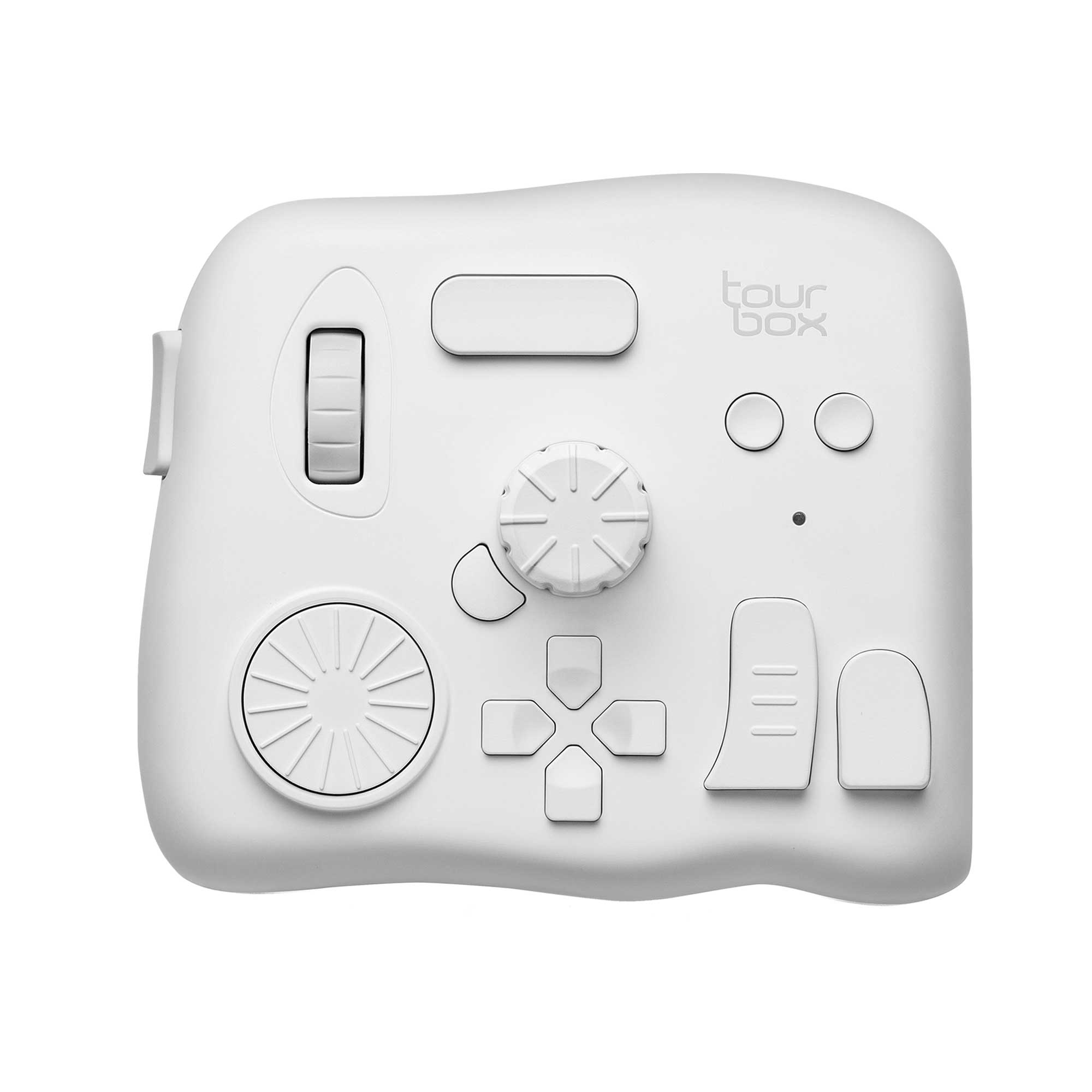
In this article, you will learn:
- What Is ISO in Photography?
- How Does ISO Affect Your Photos?
- When to Use Different ISO Settings?
- How to Adjust ISO on Your Camera?
- How to Improve the Efficiency of Post-photography?
What Is ISO in Photography?
I bet you're eager to learn about the ISO meaning and ISO definition in photography. ISO is an essential component of photography that relates to the sensitivity of the camera's image sensor to light.
It's one of the three pillars of the exposure triangle, along with shutter speed and aperture, that determines the camera exposure of a photograph. In simple terms, ISO meaning is the camera's ability to capture light in a given environment.
The ISO scale is a range of values that define the sensitivity of the camera's image sensor to light. The ISO value ranges from low to high, with low ISO values being less sensitive to light and high ISO values being more sensitive to light.
For example, typical low ISO values are 100 or 200, while high ISO values can range from 800 to 3200 or higher.
When you increase the ISO value on your camera, the camera ISO sensor becomes more sensitive to light, allowing you to capture images in low light conditions.
However, this can also cause an increase in image noise or grain, which can make your photos look fuzzy or unclear. On the other hand, lowering the ISO value will result in less noise, but the camera might not be able to capture enough light, resulting in a dark image.
ISO is an essential setting in photography that allows you to adjust the sensitivity of your camera's image sensor to light.
Understanding how the ISO scale works and its relationship with other camera exposure settings such as aperture and shutter speed can help you capture properly exposed photos in a variety of lighting conditions.
Here is a YouTube video (made by Apalapse) that covers the ISO meaning and ISO definition in photography:
How Does ISO Affect Your Photos?
As we mentioned above, ISO in photography affects the amount of light that reaches the camera sensor and impacts the brightness of the image.
While high ISO settings can introduce noise or grain into an image, low ISO settings can result in underexposed images. Let's look at the specific reasons why ISO affects images.
When you increase the ISO value on your camera, the camera sensor becomes more sensitive to light, allowing you to capture images in low light conditions.
However, this can also introduce noise or grain into your image, which can make it look fuzzy or unclear. The higher the ISO value, the more noise is introduced into the image.
This is because as the ISO value increases, the camera amplifies the signal from the sensor, which increases the amount of noise in the image.
Conversely, lowering the ISO value will result in less noise, but the camera might not be able to capture enough light, resulting in an underexposed image.
This is because the camera sensor is less sensitive to light, which can result in a darker image. Therefore, it's essential to balance the ISO value with other camera exposure settings such as aperture and shutter speed to capture properly exposed photos.
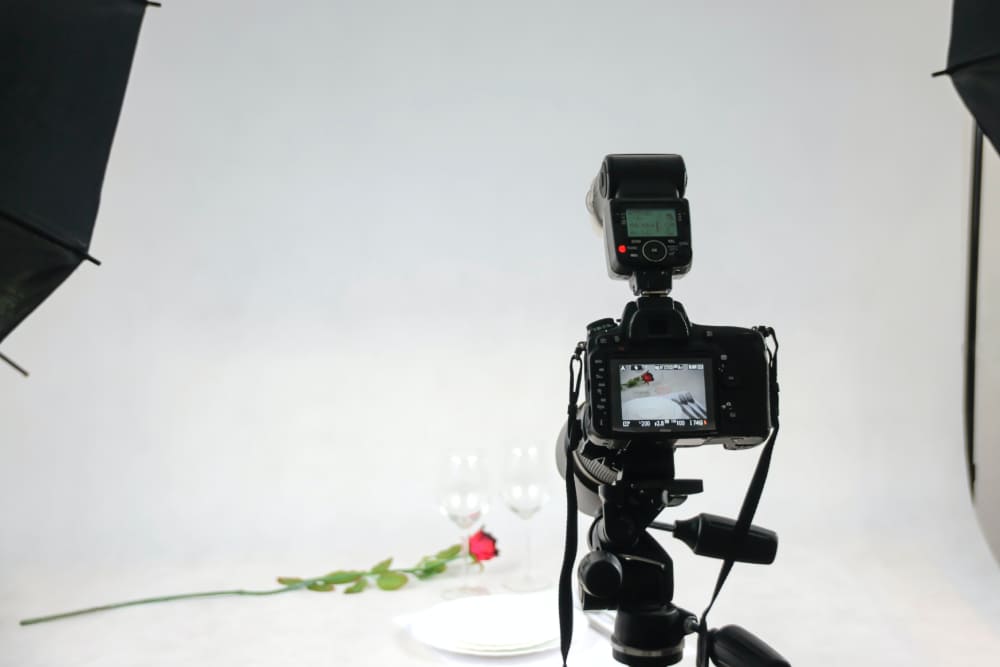
When to Use Different ISO Settings?
To capture well-exposed photos, it's important to use the appropriate ISO setting for the lighting conditions. Here are some guidelines on when to use low and high ISO settings:
1. Low ISO Settings
Low ISO settings, such as ISO 100 or 200, are less sensitive to light and are ideal for bright outdoor conditions or well-lit indoor environments.
When shooting in bright daylight, a low ISO setting can help you avoid overexposure and capture images with more detail and less noise.
Similarly, when shooting indoors with ample lighting, a low ISO setting can help you capture sharp, clear images without introducing unwanted noise.
2. High ISO Settings
High ISO settings, such as ISO 800 or higher, are more sensitive to light and can be useful in low-light situations or when using a fast shutter speed.
When shooting in low light, a high ISO setting can help you capture images with more detail and less blur.
However, keep in mind that higher ISO settings can also introduce noise or grain into the image, so it's important to find a balance between ISO and other camera exposure settings.
For example, you might need to use a slower shutter speed or wider aperture to compensate for the high ISO setting.
The appropriate ISO setting depends on the lighting conditions and the type of photo you want to capture.
A low ISO setting is ideal for bright outdoor conditions or well-lit indoor environments, while a high ISO setting can be useful in low-light situations or when using a fast shutter speed.
As with any exposure setting, it's important to find the right balance between ISO, aperture, and shutter speed to capture well-exposed images.
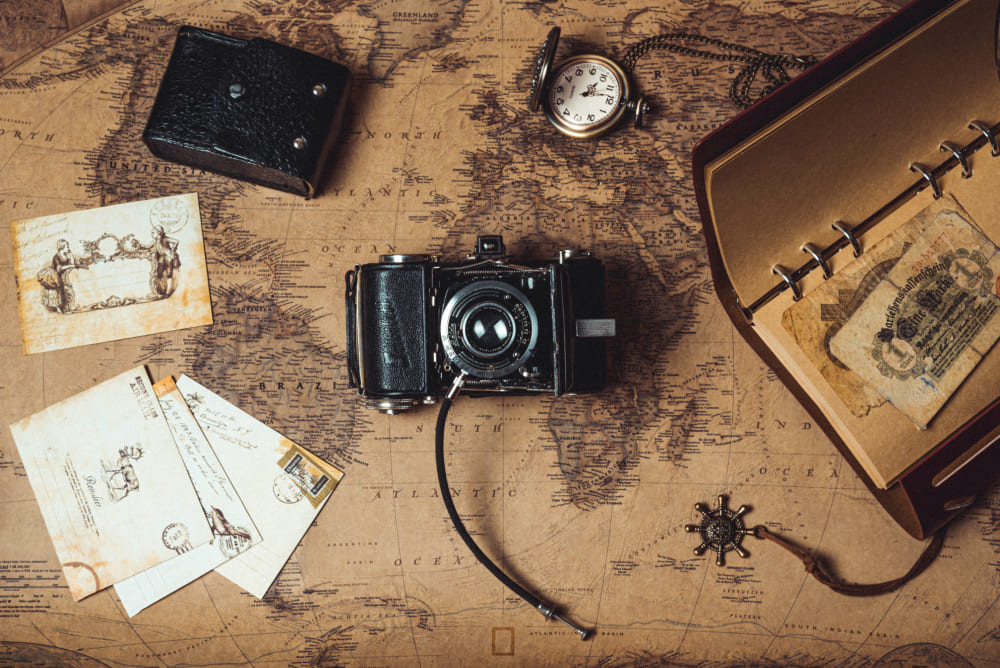
How to Adjust ISO on Your Camera?
Adjusting the ISO setting on your camera is an essential part of capturing well-exposed photos. Here's how to adjust ISO settings on your camera and how to balance ISO with other exposure settings.
1. Find Your Camera's ISO Setting
Most cameras have a dedicated ISO button or a menu option to adjust ISO settings. Refer to your camera's manual to find the location of the ISO button or menu option.
2. Choose the Appropriate ISO Value
Choose the appropriate ISO value based on the lighting conditions and the type of photo you want to capture.
As a general rule, use a low ISO value for bright outdoor conditions or well-lit indoor environments, and a high ISO value for low-light situations or when using a fast shutter speed.
3. Adjust ISO in Different Camera Modes
Different camera modes offer different levels of control over ISO settings.
- In Manual mode, you have complete control over all exposure settings, including ISO.
- In Aperture Priority mode, you can set the aperture and let the camera adjust the shutter speed and ISO to achieve the correct exposure.
- In Shutter Priority mode, you can set the shutter speed and let the camera adjust the aperture and ISO to achieve the correct exposure.
- In Program mode, the camera selects both the aperture and shutter speed, but you can still adjust the ISO value.
4. Balance ISO With Other Camera Exposure Settings
When adjusting the ISO value, it's important to balance it with other camera exposure settings such as aperture and shutter speed.
For example, if you increase the ISO value to capture more light, you might need to use a faster shutter speed or wider aperture to compensate.
Similarly, if you decrease the ISO value to reduce noise, you might need to use a slower shutter speed or narrower aperture to compensate.
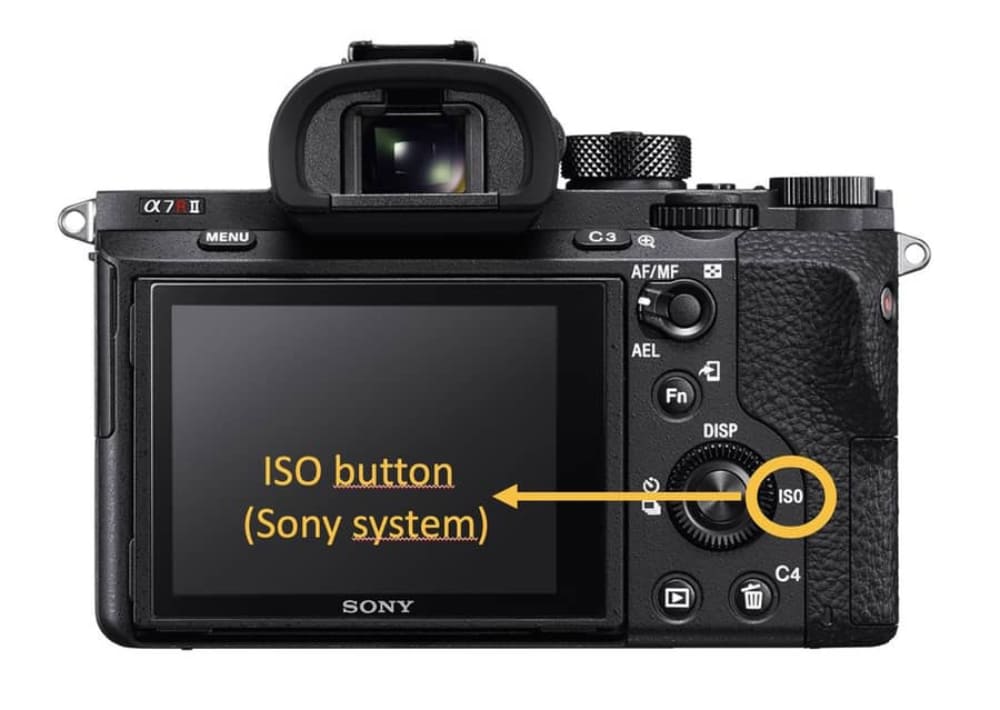
How to Improve the Efficiency of Post-photography?
ISO is an essential component of photography that determines the sensitivity of the camera's image sensor to light.
Choosing the appropriate ISO value based on the lighting conditions and the type of photo you want to capture can help you achieve well-exposed images without introducing unwanted noise or grain.
We encourage readers to experiment with different ISO settings and find the best one for their photography needs.
Remember, ISO in photography is just one of the three pillars of the exposure triangle, so it's important to also consider aperture and shutter speed.
Furthermore, photo post-editing is also an important part of photography. The TourBox is an ergonomic product that can effectively improve the efficiency of photo post-editing, allowing photographers to escape from tedious operations in post-production.
With the TourBox, photographers can streamline their workflow and focus on their creative vision.
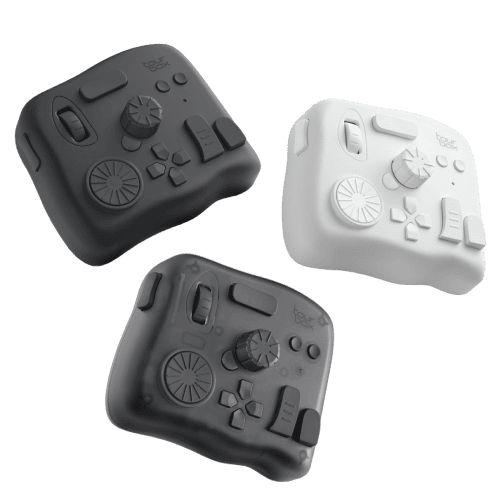
Find out why TourBox is the editing tool used by professional photographers: